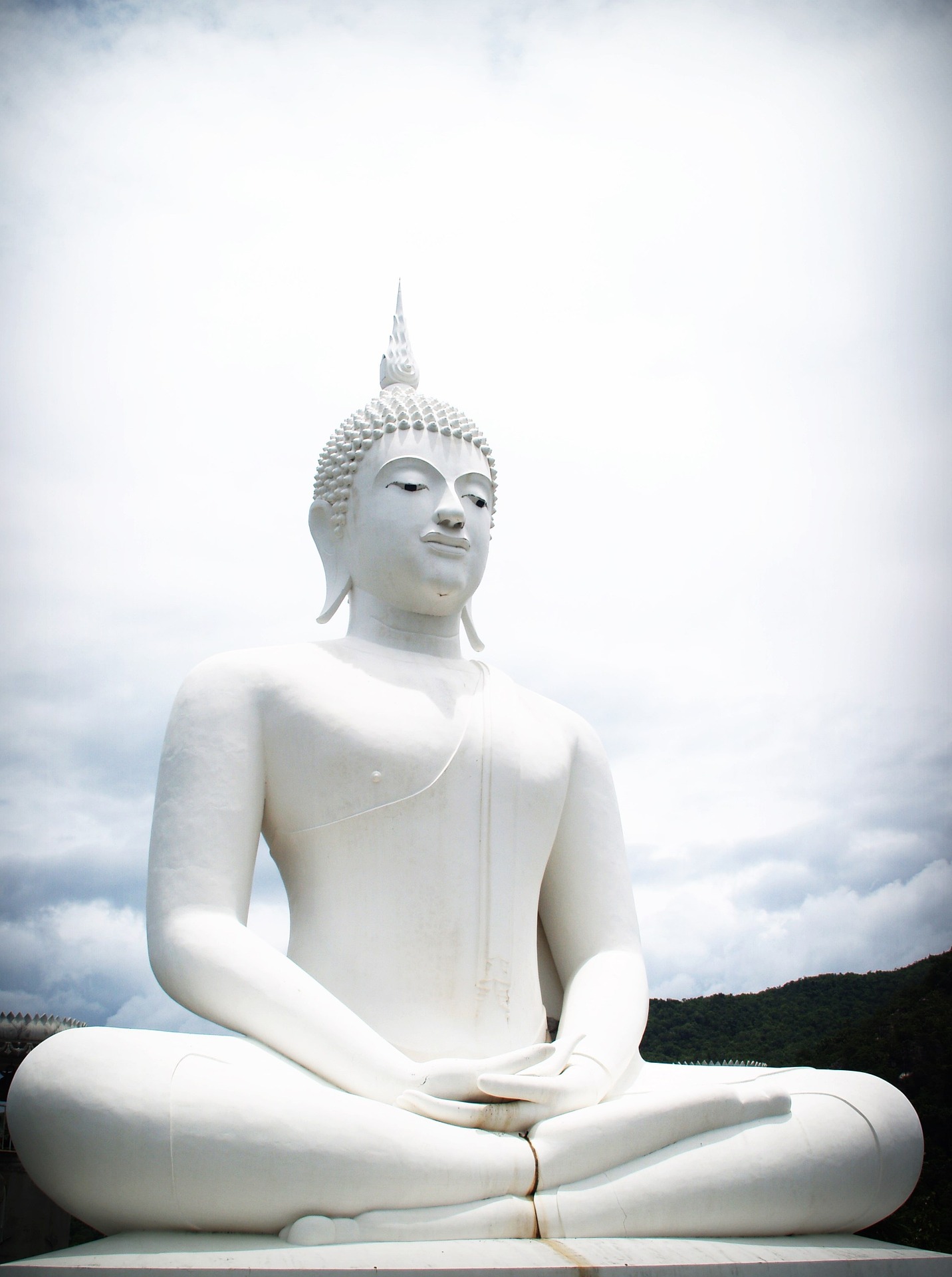Below is an excerpt from my forthcoming book…
© Mahabodhi Burton
7 minute read
This excerpt is from Chapter 10 and follows on from The Third Dhyana.
Concentration
Fourth dhyana
In the fourth dhyana the experience of happiness fades and is replaced by one-pointed concentration; the monk has now developed the qualities of mindfulness and equanimity to an unshakeable degree; there are now no situations under which he can be distracted from being mindful or skilful by the experience of pleasure or pain, he is therefore as mindful and skilful as he possibly can be. His whole being is practically absorbed in bringing about Awakening—for himself and for others, and he is ready to deal with things as they really are.
‘Furthermore, with the giving up of (attention to) pleasure and pain and the earlier disappearance of elation and distress, the meditator enters into and abides in the fourth dhyana, which is beyond pleasure or pain and purified by equanimity and mindfulness. And they sit suffusing this very body with a completely pure and translucent mind, so that there is no place in their body that is not suffused with a completely pure and translucent mind.’[1]
The Buddha gives a simile for the fourth dhyana of a man wrapped in a clean white sheet after having taken a bath:
‘Suppose a man were to sit enveloped from the head down with a white cloth, so that there would be no place in his body that was not enveloped with the white cloth. In this way, the practitioner sits suffusing their body with a completely pure and translucent mind, so that there is no place in their body that is not suffused with a completely pure and translucent mind.’[2]
I have used ‘unshakeability’ as the quality characteristic of the fourth dhyana because it is at this stage that the meditator develops equanimity. The fourth dhyana subsumes within itself all of the qualities of the third dhyana, in that the person is unquestionably skilful, but what is added to that is that the monk’s skilfulness is maintained under ALL circumstances; whatever pleasure or pain they are experiencing, they remain in distracted; their focus of care and awareness is undiluted by anything that they might experience.
The mind in the fourth dhyana is described as being ‘completely pure’ (Pali: parisuddha). We normally understand purity in terms of the essence of a person being unsullied, but while such essences feature in Hinduism and in other theistic religions, Buddhism does not recognize them (it only recognizes impermanent phenomena), therefore we need another explanation.
The Samanaphala Sutta teaches that the mind in the fourth dhyana is ‘purified by mindfulness and equanimity’; as mindfulness is the quality that brings about skilful mental states, this indicates that the fourth dhyana represents skilfulness at its purest; mindfulness and metta are fully developed, and so the mind and emotions are completely pure; in the sense that they give rise to nothing but happiness.
The mind in the fourth dhyana is also described as being ‘completely translucent’ (Pali: pariyodata). The Tibetan Book of the Dead teaches that soon after a person dies, they experience an intense white light; people through the ages have reported such a light occurring with near-death experiences. This is known as the ‘clear light of reality’, in which, at least for a moment, the mind sees things as they really are. Perhaps at death the mind’s defences do not have enough time to activate and the person glimpses reality in its fullness; what then usually happens is the mind recoils because it isn’t quite ready to take on reality in the long term. The quality of ‘complete translucence’ in the fourth dhyana indicates the mind’s readiness to be receptive to reality when in that state. The Pali odata means ‘white, clean, or white colour’, thus pariyodata could be translated as ‘completely white / completely clean.’ After having been worked and made pliable through the process of pacification prior to attaining the third dhyana, the mind that is pariyodata is completely open to reality, translucent to reality. Sangharakshita compares the fourth dhyana to the state of the magician.
White is the colour of centrality in Buddhist iconography; all the figures associated with coming closer to reality are white. As we saw earlier, Vajrasattva is the archetypal Buddha whose colour is said to be like sunlight on snow, and he holds the Tibetan symbol for reality—the vajra—to his heart; and his mantra is often chanted at times of death and bereavement. And Vairocana—the white Buddha who sits in the centre of the Mandala of the Five Buddhas, and who is said to ‘roar the lion’s roar of the Dharma’, he is concerned with the radical transformation of the individual by reality, not just teaching on an intellectual level.
The chapter goes on to explore Insight in the Spiral Path.
[1] Samannaphala Sutta. Translation by Sarah Shaw.
[2] Ibid. In Pali ‘a completely pure and translucent mind’ is parisuddhena cetasa pariyodatena. Thanissaro translates this phrase as ‘a pure, bright awareness.’








 Users Today : 92
Users Today : 92 Users Yesterday : 23
Users Yesterday : 23 This Month : 550
This Month : 550 Total Users : 13977
Total Users : 13977
